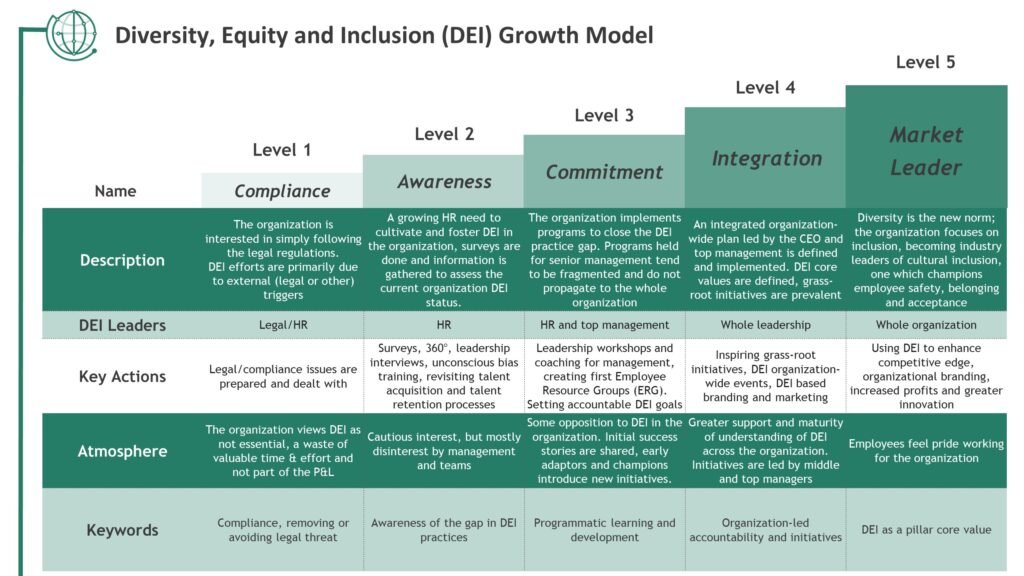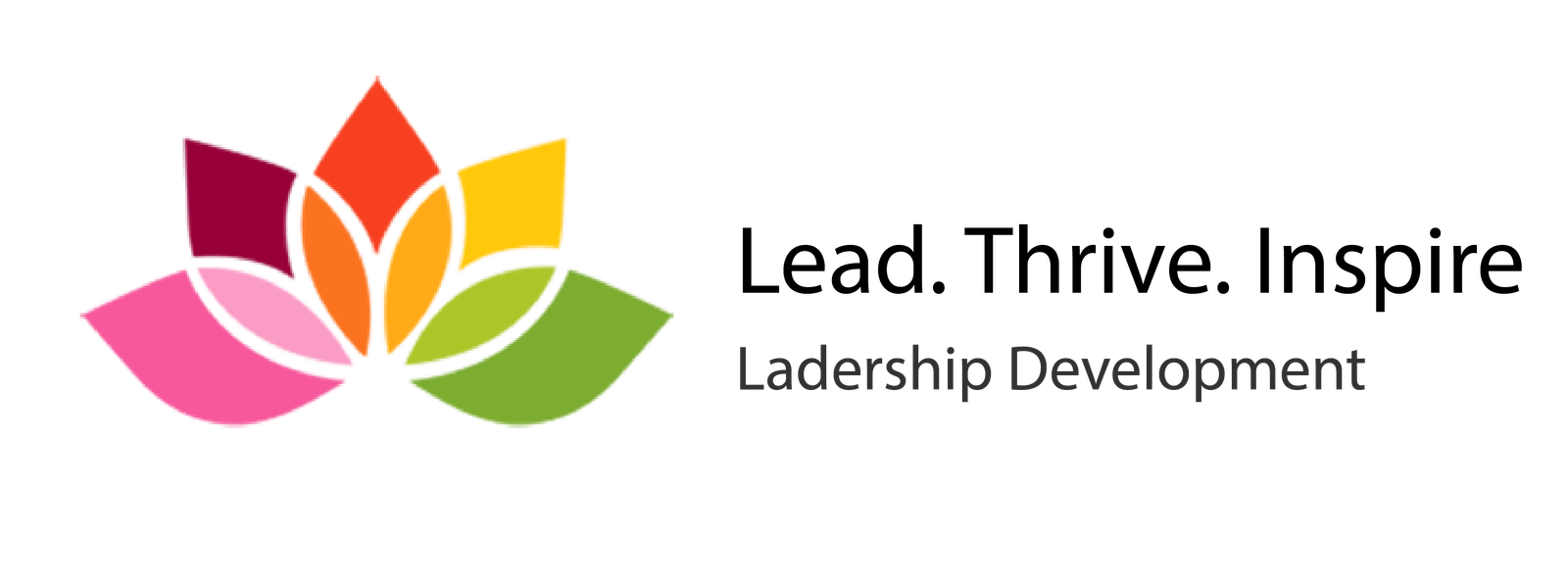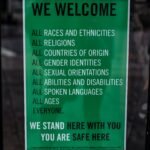
Diversity, Equity and Inclusion (DEI) seems to be on everyone’s lips these days. This is no big surprise as research demonstrates clear evidence of the significant benefits of applying DEI, not only for employee wellbeing but also for greater business success.
Studies have found that DEI companies (1) multiply the likelihood of company-led innovation by six times, (2) increase 36% in the likelihood of financialy outperforming other non-DEI companies, (3) see a 59.1% increase in creativity, innovation and openness, (4) 59.7% increase in the ability to attract and retain talent, (5) and a 57.8% gain in company’s reputations, just to name a few (see here for a full review of Diversity, Equity and Inclusion business-case benefits).
These results make for a very compelling business case, yet recent research shows that out of 245 companies surveyed, 88% were not implementing DEI to its full extent [1].
It is clear that Diversity, Equity and Inclusion is not a one-off project or fad but a step-by-step process, and achieving higher levels of DEI demands a sustained effort of cultural reshaping and evolution.
To help organizations as they progress on their DEI path, we classified a DEI Growth Model comprising of five levels: (1) Compliance, (2) Awareness, (3) Commitment, (4) Integration, (5) Market-leader [see Figure 1].

Figure 1. Diversity, Equity and Inclusion (DEI) Growth Model
This model is based on our experience, as well as on surveys and research, and demonstrates the actions and events that need to take place in order to move the DEI needle forward.
In this article, we demonstrate four growth paths that need to be observed to reach higher levels of DEI growth in the organization:
- DEI Ownership Growth
- Information Growth
- Educational Growth
- Psychological Growth
- DEI Ownership Growth
To progress on the path surveys show that DEI ownership needs to be transferred gradually:
- From external demands to Legal (Level 1)
- From legal compliance to HR awareness (level 1 & 2)
- From HR initiatives to top management involvement (level 3)
- From top management involvement to top management ownership (level 4)
- And finally trickle-down from top management to grass-root Employee Resource Groups (ERG) (4 & 5)
For more on this process, see also DEI-what works today.
- Information Growth
Research [2,3] shows that achieving a more diverse, equitable and inclusive business is no different from acquiring any other business goal. As such, data is key to measuring progress, success and weak spots. This path progresses from:
- Initial surveys, usually 360, focus groups and questionnaires that help assess the company’s DEI baseline (Level 2)
- Defining accurate DEI measurements and KPIs (Level 2 & 3)
- Continuous data collection analysis and growth (Level 4 and up)
- Educational Growth
Josh Waitzkin, chess grandmaster and martial art competitor, writes, “The key to pursuing excellence is to embrace an organic, long-term learning process, and not to live in a shell of static, safe mediocrity. Usually, growth comes at the expense of previous comfort or safety.” The DEI educational process is similar to any learning process. Every learning process begins by the awareness of what is lacking and the gap that needs to be bridged (Level 2). The next phase is moving towards bridging that gap by taking on DEI coaching and training for top and middle management (Level 3), culture training across the organization (Level 4), and finally, fostering internal grassroots initiatives to acquire knowledge that is continuously propagated within the organization by employees and managers (Level 5).
- Psychological Growth
Organizational DEI demands effort and persistence. It is a journey that takes the company and the people in it from a psychological state of unawareness and unconscious biases towards discovery (Level 2), from employee and management ignorance, resentment and opposition towards higher levels of acceptance (Level 3). Through this process, we progressively reach passive and later active DEI support and involvement within the employee community (Level 4) to active DEI championing (Level 4 and 5).
Some final words
Take a look at the DEI Growth model. Which Level is your organization at today?
If you are not sure, follow the four growth paths described above.
Remember, organizational growth is much more fluid than any model. You may find, for example, that your company is highly aware of DEI issues (Level 2&3 on the Psychological path) but does not take any ownership or affirmative actions towards a more DEI culture (Level 1).
No matter where your company is currently at, make sure you take action today to move the DEI needle forward in your organization (to find out more, read 8 tried and tested approaches that work today).
Resources:
[1] Bourke, J., Garr, S., van Berkel, A., & Wong, J. (2017). Diversity and inclusion: The reality gap. Rewriting the rules for the digital age, 105-116.
[2] Alexandra Kalev, Frank Dobbin, and Erin Kelly, “Best Practices or Best Guesses? Assessing the Efficacy of Corporate Affirmative Action and Diversity Policies,” American Sociological Review 71, no. 4 (2006): 589–617.
[3] Pedulla, D. (2020). Diversity and inclusion efforts that really work. Harvard Business Review, 12.






